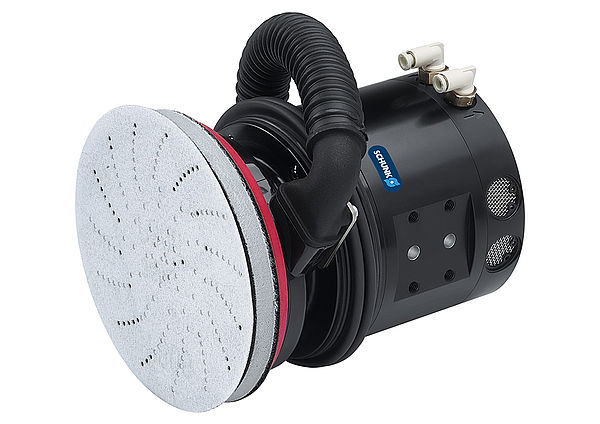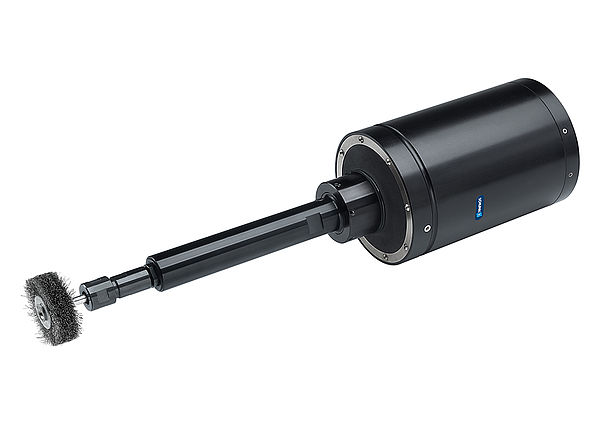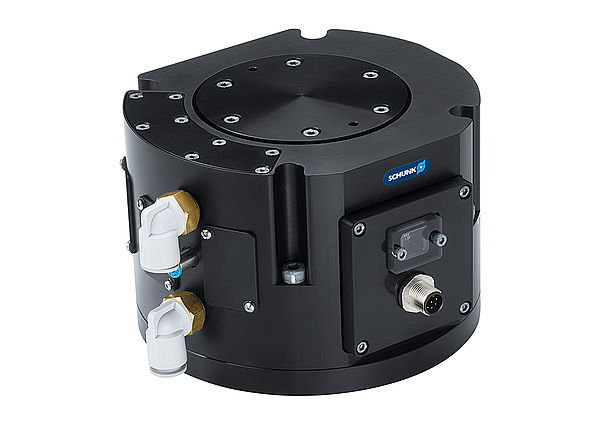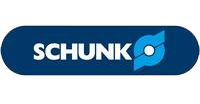Robotic Material Removal
Grinding and polishing are used to finish surfaces, either with coarse material removal for further processing or as final processing to achieve a perfect finish of the workpiece. This requires sensitivity and precise readjustment. Experienced employees perform these tasks intuitively, but manual processing is tedious as well as expensive and does not always deliver consistently good results. Modern robot-based automation solutions can take over these tasks and shine with optimum performance. The result: Perfect surfaces with reduced time and costs. In order to offer users new process automation opportunities, SCHUNK, the competence leader for gripping systems and clamping technology, has expanded its portfolio with tools for robot-supported surface finishing. A win-win situation for employees and company alike.
Perfect surfaces are essential in the field of wood and metal machining, but
also in the automotive and aerospace industry. Manual polishing, grinding and brushing operations can be exhausting, and are entailed with high efforts.

Automated processes offer attractive solutions to these efforts because they achieve perfect results with the help of a robot, considerably reducing time and costs and lowering the risk of employee injury.
The new AOV and MFT-R units from SCHUNK make the changeover to automated surface machining easy and simple. But SCHUNK offers even more: if a customer wants to introduce automated processes in their company, SCHUNK supports them with feasibility studies and comprehensive process knowledge.
The right tool for any purpose
The new machining tools from SCHUNK are specially designed for automated applications and thus guarantee perfectly finished surfaces at all times. The AOV random orbit sander is the “specialist” for grinding and polishing workpiece surfaces.

The pneumatic unit is driven by a vane motor with a maximum speed of 10,000 RPM. The axial bearing of the motor ensures flexibility so that constant pressure forces act on the workpiece surface. Even with initially very uneven surfaces, perfect polishing and grinding results can be achieved. Via two air connections, the pressure force can be controlled separately in two directions, i.e. during retraction and extension, and varied as required (range: 6.7 N to 67 N). This ensures that the AOV machines with a constant pressure force, even in overhead applications. The random orbit sander can be optionally equipped with backer pads of different diameters (125 mm or 5″ or 150 mm or 6″).
The grinding tool can be equipped with a suction connection for removed materials, thereby reducing contamination of the robot cell, which further avoids downtimes and results in cost savings.
Users who require a particularly flexible and robust polishing spindle for polishing and brushing of workpieces with axial compliance, the MFT-R is the ideal solution.

The spindle is equipped with a pneumatic vane motor with a maximum rotational speed of up to 5,600 RPM, but the rotational speed can be reduced to a minimum for achieving perfect surface end results. The robust motor has a very short stopping time and therefore reduces the whole machining time.
Due to the gimballed bearing, the compensation force and radial compliance of the tool are individually adjustable. Depending on the pressure setting, compliance can be adjusted between 9 N to 70 N. The user can use the optimal value for any application, and therefore achieves high-quality and reproducible results in any installation position. Any workpiece tolerance can be compensated and clearly simplifies path programming of the robot.
See related: Automated Deburring
But the MFT-R has many more features and therefore turns out to be user-friendly: due to the optional axis fixation, the changeover from pendulum to radial compensation is quick and easily possible. Therefore, different workpiece geometries can be flexibly machined with just one tool – this is an economic advantage and helps to cut investment costs almost in half. The MFT-R is available as a stationary unit or can be flexibly mounted to the robot (axially or radially.) SCHUNK offers prefabricated adapter plates for these applications and valuable time can be saved when designing the process.
The PCFC unit completes the SCHUNK portfolio. If a workpiece must be machined with a previously defined force, the compensation unit renders excellent services.

The PCFC ensures that a consistent compliance force is acting in any position, due to the position sensor. It compensates the weight force together with the pressure control valves provided by the customer. The PCFC can be combined with various tools and is therefore suitable for numerous application purposes.
More precision and diversity at a manageable programming and design effort: this is how efficient surface machining can be with the tools from SCHUNK.
Contact Person:
Kathrin Müller, Dipl.-Betriebswirtin (BA)
Corporate Communication and PR
Tel. +49-7133-103-2327
Fax +49-7133-103-942327



